Previous Newsletters
|
||||
|
CONNECTING THE DOTS
We have found ourselves developing an addiction to cooking shows where the chefs are given a market basket full of under-appreciated foodstuffs and the task of creating an innovative, restaurant caliber dish; a dish that is supposed to elevate the ingredients into something unique that looks amazing and tastes sublime. Knives fly, food processors whiz in a mad frenzy, as the studio kitchen quickly deconstructs into a post -Thanksgiving day apocalypse. As the seconds tick by, the food gets hurled (artfully) onto the plates. From the superior vantage point of our armchair, second guessing ‘lesser mortals’ struggling to fuse the disparate components into a seamless whole in an original way is great fun. Even though we fancy ourselves good cooks it is very clear that it will be some time before we are invited to sharpen our knives on screen. But the design challenge of creating something elegant from the disconnected has an incredible appeal. Maureen Dowd wrote an op-ed piece this morning about three women with radically different spheres of influence who passed away this week: connecting the dots between the lives of Margaret Thatcher, Lilly Pulitzer and Annette Funicello. So we set ourselves a similar task: fashioning a newsletter that draws from the furthest extent of our digital collection in a way that is not the least bit intuitive, and creates a whole that surpasses the sum of its parts. Last Tuesday night we had dinner with Rhode Island’s public artists in downtown Providence. It goes without saying that since Rhode Island is a small state, a good portion of them were able to join us for the meal. We’ve never had an opportunity to get to know an entire state’s most interesting artists in a single evening. It was fascinating, inspiring, and delightful at the same time. Not a lot of people think of Rhode Island as a vibrant artist community, but perhaps they should change that. Then we looked for an artist working as far away as possible from Rhode Island with a large body of work and nothing in its collection and came upon Barbara Grygutis. For our architect, we decided to resist the usual temptation to select high profile practitioners who make Capital A Architecture, and chose a firm that has created more buildings “below the radar”, that we see every day, and that truly inform our urban fabric. We selected Gruzen Samton • IBI Group, who boasts a huge portfolio of work - mainly in New York City - consisting of every building type, with a heavy emphasis on schools, apartments and civic buildings. So, how do we connect the dots? Well, Rhode Island is on the coastline, and it turned out that many of their artists look to the water’s edge as an inspiration for their art. We discovered that Barbara Grygutis finds inspiration in water, and other natural forms, as she transforms them into environmental sculptures for public places. For Gruzen, the urban fabric of New York City functions as the natural environment. They take the approach that architecture should be a good citizen and fit into its setting, in this case the city. Thus, the theme became a look at how art and architecture addresses nature. Abby Suckle, President |
||||
|
FEATURED ART COLLECTION:
STATE OF RHODE ISLAND
Much of the artwork in Rhode Island's collection comes from the ocean. Some artists, like Marilyn Bogdanffy in a series of paintings that will wrap around the lobby of the Block Island Airport that recreate the setting itself illustrating Block Island throughout the seasons. As you progress, the pictures change from views of the beach in summer, then melt into bleak winter views. Less literal, perhaps, is Kenn Speiser's Reflecting Pool, where he created almost a mosaic of translucent bubbles that are embedded into the concrete at the entry to the Oceanographic Institute in Naragansett. Cliff Garten comes to public art from a background of landscape architecture. Schooling takes inspiration from its orientation in the Graduate School of Oceanography's main atrium space opposite Narragansett Bay. The layered forms repeat and aggregate into a wedge-like massing of more than two hundred individual sculptures evoking the schooling habits of fish. Each individual form is semitransparent, evoking the shimmering and diaphanous quality of ocean life. Peter Diepenbrock has created natural forms in metal that also site specific. The twisted shell Torsion III, that you can walk through, has both a marine inspiration and is a representation of the tension one experiences in college. |
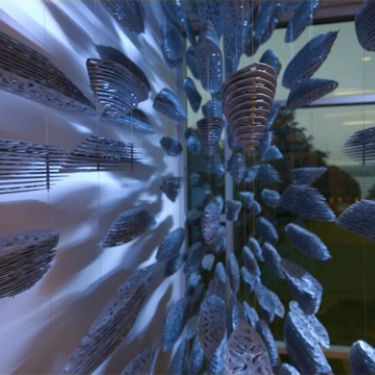
Schooling (2011) Cliff Garten, Narragansett, RI
Photo courtesy of the RI State Council on the Arts |
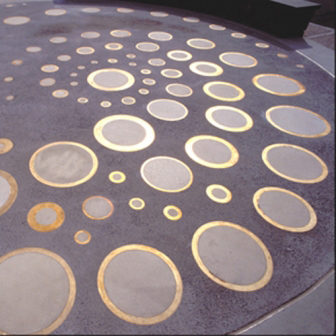
Reflecting Pool (1997) Kenn Speiser, Naragansett, RI
Photo Courtesy of the Artist |
||
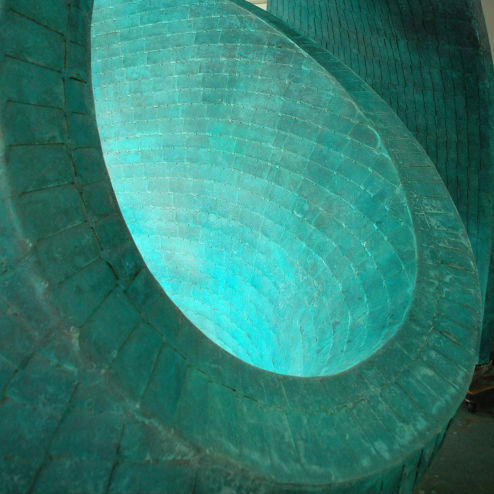
Torsion III (2009) Peter Diepenbrock, Kingston, RI
Photo courtesy of the Artist |
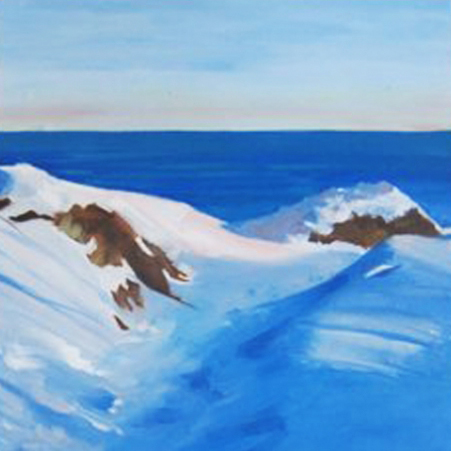
Block Island Airport Murals (2013) Marilyn Bogdanffy
Block Island, RI, Photo Courtesy of the Artist |
|||
|
INTERNSHIP + BEYOND 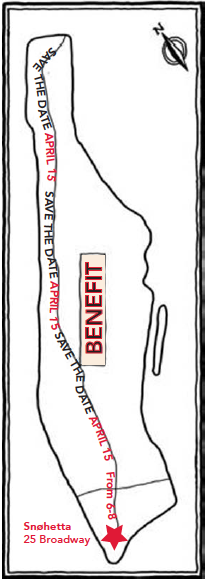
6pm to 8pm Snøhetta 25 Broadway BENEFIT TICKETS Celebrating Becky Cooper Intern ‘07 on the publication of her book Mapping Manhattan: A Love (And Sometimes Hate) Story in Maps by 75 New Yorkers UPCOMING: Cocktails & Conversations 
6:30pm - 8:30pm The Pairing: Audrey Matlock, Audrey Matlock Architect Jason Sheftell, Real Estate Editor, New York Daily News In order to foster dialogue about the design of the built environment, cultureNOW teamed up with the AIA NY Chapter’s Architectural Dialogue Committee to start a new Friday night lecture series. Cocktails & Conversations pairs an architect and a critic, journalist, or curator. Of course, it wouldn’t be Friday night without a suitable beverage. Our Bartender, Toby Ceccini creates a custom cocktail in the spirit of the architects work. Join us at the Center for Architecture for the next in the series. IDEAS CITY: Archeologies of Place / Hidden Within 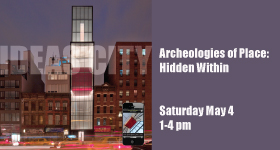
1pm - 4pm The New Museum 235 Bowery New York, NY Join cultureNOW at the street festival where it will inaugurate a guided tour that will present the everyday cityscape of Lower Manhattan through the perspectives of artists, architects, and historians who have helped to shape the city both in reality and virtually. INTERESTING FIND 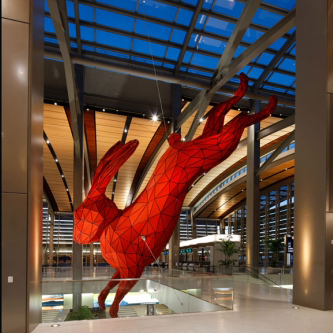
|
||||
|
FEATURED ARTIST: BARBARA GRYGUTIS The challenge of sculpting artworks to intersect with public spaces and buildings is finding a small symbol that creates a dialog with its larger setting. Places play a significant role in Barbara Grygutis’s work. Natural themes permeate it. The works utilize led lighting through translucent and metal forms to bridge day into night. The significance and splendor of water, for instance, as visualized in the form of an iridescent drop, is the primary impetus for Drop, which creates a visual strategy that encourages citizens to think of their relationship to water conservation. Luminarias, in Greeley, Colorado, is about the Seasons. Wave, in West Palm Beach, hanging on the Convention Center, is evocative of the Atlantic Ocean, which terminates further down Okeechobee boulevard. Far from the coast is Silver Lining, in Salina, Kansas, which was inspired by shelter-belt trees silhouetted against the Kansas horizon. |
||||
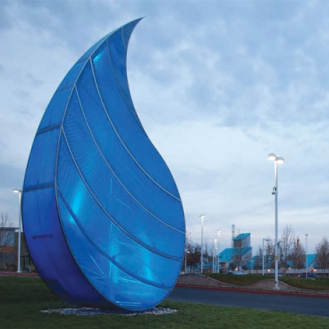
Drop (2010) Antioch, CA
Antioch Arts + Cultural Foundation, Photo © Spike Matford |
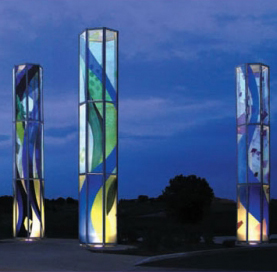
Luminarias: The Seasons (2006) Greeley, CO
Greeley Art in in Public Places, Photo © Pat Ailes |
|||

Silver Lining (2009) El Paso, TX
City of El Paso MCAD, Photo courtesy of the Artist |
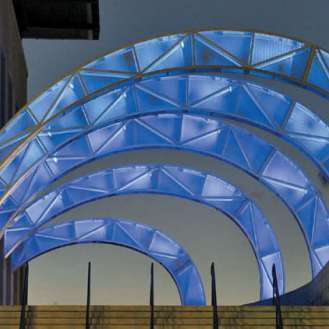
Wave (2009) Palm Beach County Art in Public Places
West Palm Beach, FL, Photo © Andrew Bako |
|||
|
FEATURED ARCHITECT: GRUZEN SAMTON • IBI GROUP Gruzen Samton • IBI Group has been around since 1936, in several incarnations (most recently rechristened as part of the IBI Group), and it has survived 9/11 with the loss of its office in the World Trade Center. It is a large firm, which takes on projects ranging from city work to housing to schools. But they are an integral part of New York City, and carefully inserting their projects into the urban fabric informs much of their design. Not only did they survive the loss of their office in the World Trade Center, they have created buildings that frame our view of the city, both from its heart and from its edge in New Jersey. The Grand Hyatt, which renovated the old Commodore Hotel, stands as one of Donald Trump’s first forays into Manhattan. It symbolized, for many, the brash optimism of the 80’s in its reflection of Grand Central Terminal, and the ferry terminal at Port Imperial highlights the view of Manhattan barely two miles away. Another important component of their portfolio is the schools. Here are two recent university buildings, the School of Human Ecology at Cornell, and the Yale School of Management with Foster + Partners. Architectural firms collaborate on projects all the time - one has expertise, or is too far away, or perhaps not enough staff to complete the project well. Like any arranged marriage, it is an art to complete a successful building and still respect the other firm after the honeymoon has worn off. |
||||
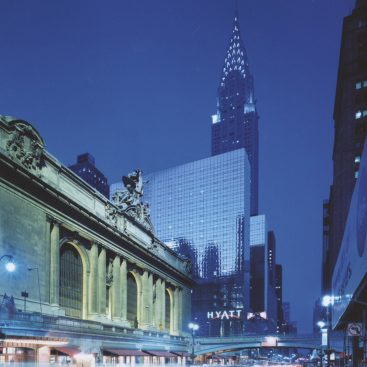
Grand Hyatt Hotel, New York, NY (1980)
Photo courtesy of the Architect |
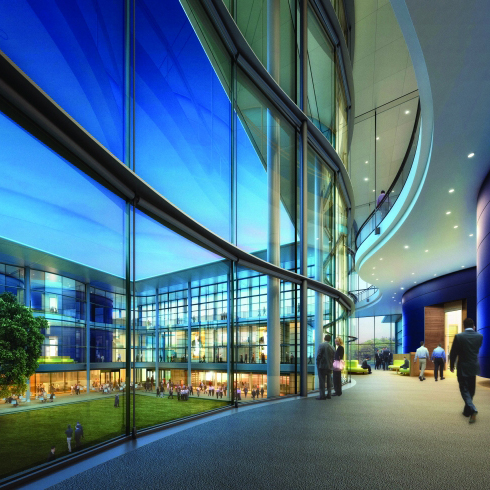
Yale Univ. School of Management, New Haven, CT (2014)
With Foster + Partners, Rendering courtesy of the Architect |
|||
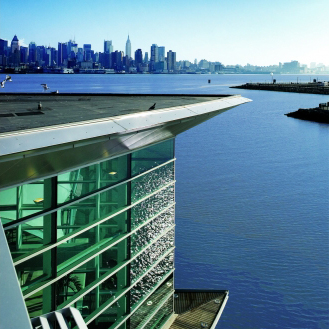
Port Imperial Ferry, New York, NY (2010)
Photo Courtesy of the Architect |
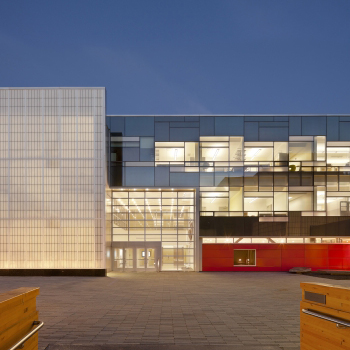
Cornell School of Human Ecology, Ithaca, NY (2011)
Photo © Paul Warchol |
|||
|
||||






